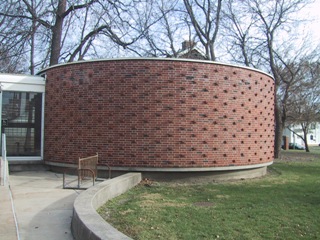August 11, 2005
Big Bucket of Glue

Back in 1994, a small group of undergraduates toiling in a round, windowless room at the National Center of Computing Applications at the University of Illinois at Urbana-Champaign produced what was certainly the decade’s, and perhaps the century’s most revolutionary application: Mosaic. It’s praises have by-and-large been duly sung, but one of its lesser known, and most remarkable attributes was its architecture: it is was what I call a "Big Bucket of Glue". The Mosaic application actually contained very little new code. It was, instead, constructed of a thin veneer of C adhesive code that bound together a rag-tag collection of existing applications. It was a harbinger of things to come.

With the increasing popularity of scripting languages with names beginning with letters like “P”, this style / school of design has become one of our current era’s most frequently deployed systems level architectures. Drawing on an increasingly broad, if not rich legacy of existing applications and components of all sizes, shapes and varieties, architects increasing slather on the glue, and ship these "Big Buckets of Glue" while their competitors are still inking high-road cartoons on their whiteboards.
While the Big Ball of Mud has remained the design of choice for application developers, the "Big Bucket of Glue" is increasingly the weapon of choice for system’s level integrators. Indeed, the wildly popular Eclipse platform can be seen as a collection of black-box Java components bound together with reflective XML glue.
An OOPSLA 2005 Onward! Breakthrough Ideas Micro-Screed
Posted by foote at August 11, 2005 10:10 AM